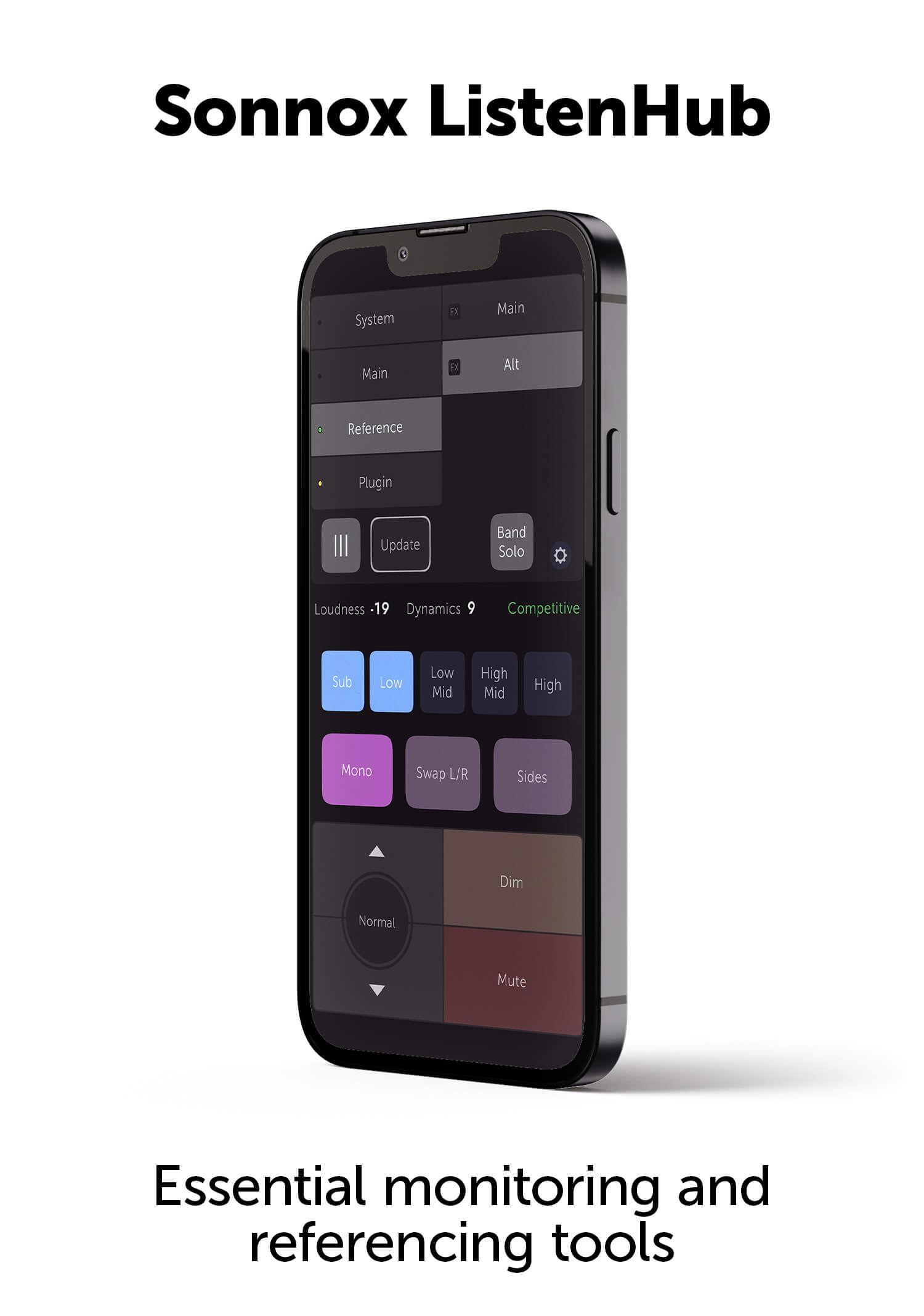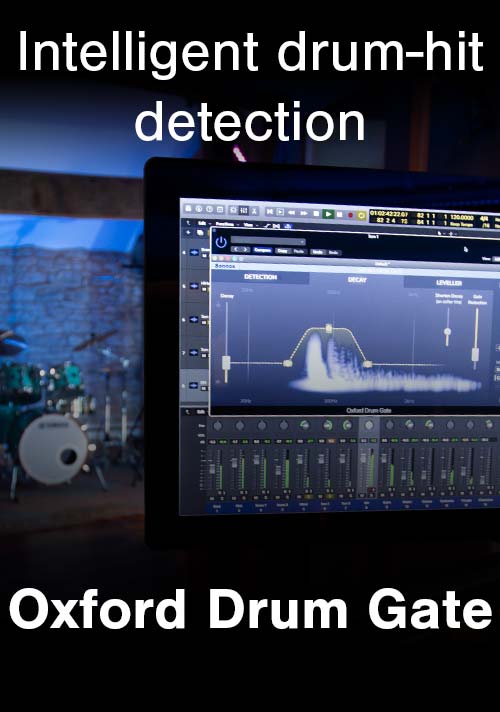Kevin Churko
Oxfords for Ozzy
When Mutt Lange asks you to move to Switzerland to work with him for a few years, you are on top of your game. Having worked with the likes of Shania Twain, The Corrs, Modern Science, Five Finger Death Punch, Ringo Starr and Ozzy Osbourne, Juno-Award winning Engineer / Mixer / Producer Kevin Churko knows how to play the game at the highest level. Below, Kevin talks shop about his preferred work methods and preferred software plug-ins – Sonnox Oxford.
How did you end up in Switzerland?
In 2000, I went to Switzerland for a gig with Mutt Lang. I engineered and programmed for him for 3 or 4 years. Eventually, I found myself in Vegas, where I have a house with a nice home studio.
So how did you hook up with Ozzy?
My friend David Frangioni designed Ozzy’s first studio. I went over there one day, and we just talked a lot. He was already working with another producer at that time, but I went back whenever they needed some other things done.
The next time that Ozzy and Zakk Wylde were in the studio and wanted to do things for real, they didn’t really want to call a producer as such. They knew my credits, had heard some of the stuff I’d done and they worked me in as an engineer. One thing led to another, I filled a couple of holes that needed filling, and there I was. It worked out good.
What was your first record with him?
I did Black Rain with Ozzy in 2006. I kind of alternated between his home studio, where I recorded a lot of tracks including Ozzy’s vocals, and my home studio. We recorded it to Pro Tools, and I’d do a lot of mixing in the box. It helped keep things streamlined, so I could go over to his place with the mixes then go home and do tweaks.
How did you come to use Sonnox plug ins?
I’ve been using the Sony/Sonnox EQ ever since it came out. It was always my go-to plug-in, anytime I needed some uncolored, unheard EQ. It’s literally on almost every vocal channel and acoustic track I ever mixed - everything where I ever needed a real finesse-style great sounding EQ.
On this new Ozzy album, I really liked using some of the other Oxford plug-ins as well. I’m finding more and more that I want plugs ins just to come down to their basic function – keeping it simple.
What else did you use?
My new favorite is the Inflator (Exciter Plugin). Wow, I love that one. It’s one of those plug-ins you don’t know exactly how it does what it does, but it just makes things sound great.
I kind of mix as I track. It’s something that I first starting doing when I worked for Mutt. He always needs to hear how things will sound in the end, because every sound is dependent on the last. It’s not just important to get a good bass; it’s important to get one that sounds good with the kick. I tend to build my mixes as I go and that includes master chain compression, bus compression, limiting and so on. These days, when mastering guys are pretty much forced to squish as much as they do, you need to know what shape the mix will be in after they’re done. So I tend to mix through limiting and ‘mastering’ gear as I go.
Does that include the Inflator?
Yes. My master chain would be the Inflator, which is odd to have on the master but I use it on every mix now. I have the Sonnox EQ before that in case I need a little tweaking, then I have some compression and then into Inflator.
Recently, I started using the Sonnox Limiter (True Peak Limiter Plugin) too. I love the Enhance feature - you don’t need much to make things sound great.
How are you using Inflator on Ozzy’s new record?
I love it on my drum bus. When I mixed through it, I was able to slam the drums and get better compression/limiting than when it’s only on the Master fader. So my drums are already pretty solid and limited by the time they get into my Master Bus. That’s a constant on my mix now. I’ve used it on every session from country to metal. Actually, it’s just a taste thing – sometimes I barely have it on and sometimes I’ll push it into the red.
How about vocals?
I really like using SuprEsser on vocals. The Wet/Dry function is exceptionally cool. A lot of times I’ll have two vocal channels of the same program, one heavily compressed the other light. I’ll even put two on a single vocal channel – with one just getting the ‘esses and one just going for a little 3k dip.
I used that technique on Ozzy’s vocal, he has a lot of 3k in his voice, but not constantly. It’s nice to be able to dip down those peaks – using a narrow band between 2 and 4 kHz. I’ve also used it on country singers - instead of automating an EQ all the way through. When they’re quiet and get to the chorus, there might be a big area of 3-5 kHz. I’ll set the SuprEsser to dip on the low notes and bottom end - maybe between 100 and 300 Hz - so it will just start taking it off on the lower and quieter notes and I won’t have to draw the automated EQ. SuprEsser is a real time saver.
What about guitars?
With the guitars, it’s just the Sonnox EQ. I tend to get as much on the way in as I can. But even when I was working with Zakk, my methodology is to do as little as I possibly can to screw it up. With Gus, you put a 57 in front of the cab, with maybe another mic a few feet away. That’s pretty much my chain; just try to get the most from the amp.
Every time I reach for that EQ, it’s because I don’t want something that gets in the way of what I’m hearing. I don’t want to hear a characteristic EQ, something that adds something to it; I just want to take away problems in my program.
I find that out of all the digital plug-ins, I can boost top end on the Oxford EQ the most without it sounding weird. It’s a very musical sounding. If I just want to hear the voice and not the EQ, Sonnox is the one.
Interview and editorial provided by Rich Tozzoli.




